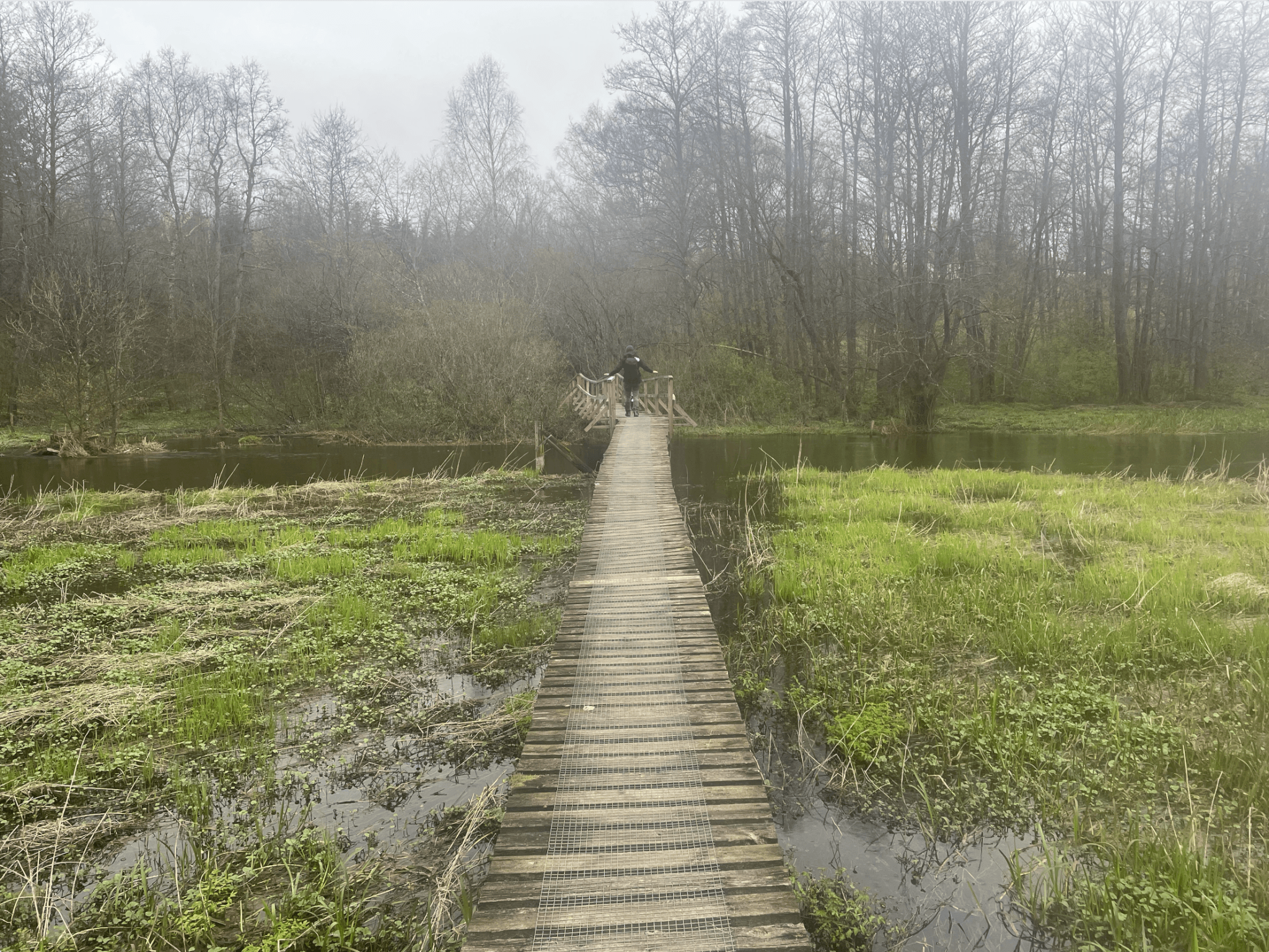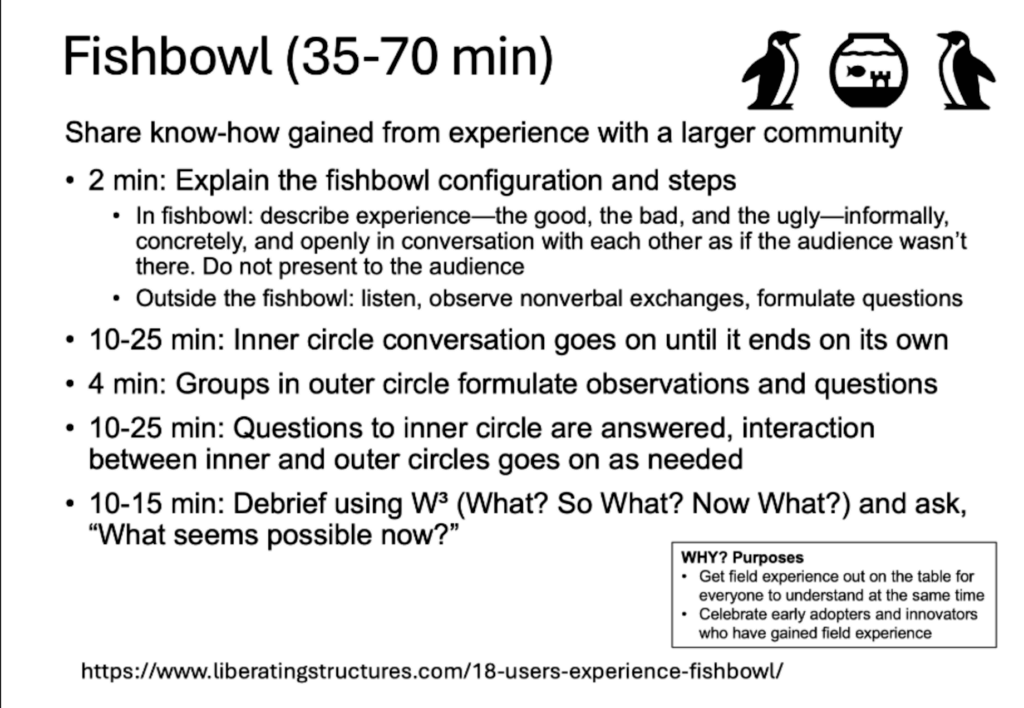
Currently reading about wicked problems in teaching for sustainability
As part of my “Teaching for Sustainability” course, participants find & summarize articles that are relevant for developing their own teaching. From their summaries, the two articles below on using “wicked problems” in teaching for sustainability seemed so interesting that I had to go and read (and summarize) them myself…
“Hopeful approaches to teaching and learning environmental “wicked problems”” (Sharp et al., 2021)
This article starts out with describing the problem with “wicked problems” — that there is not one unique correct solution, but that they are so complex that depending on the size of our frame of reference, our values, our perceptions of relative risk, we can argue for many different, conflicting solutions, which will all have their advantages for some aspect we choose to prioritize, but detrimental effects on other aspects. This is difficult to deal with emotionally, and can leave students (or anyone, really) feeling overwhelmed and hopeless, and disengaging from discussions.
From their experience using wicked problems in their teaching, the authors find that “the way concepts are taught is more important than the scientific detail, the specific management tools or the intricacies of the wicked problems themselves”. They suggest that students learn better when they are actively involved in their own learning, when the learning situations are equitable and inclusive, and when the wicked problems used are initially local and not too wicked and connected to students’ own experiences, and slowly get more complicated, thus giving students agency and restoring hope. The hopefulness is achieved by imagining a future that will bring new opportunities through e.g. technology that does not yet exist (which I find difficult — at least here at LTH, relying on future technology to fix today’s problems is often used as an easy cop-out for engaging with the problem now already…), or new resources or ideas.
Another important success factor is that teachers have to be willing to disclose their own limits. If students are expected to be brave and talk about ideas that — when talking about wicked problems — are probably controversial, we as teachers also need to open ourselves up to being criticized and admitting not knowing all answers, and becoming more of a facilitator and participant in discussion than the authority on everything. What I really appreciated when reading this section that is that on the one hand, the authors ask teachers to be transparent about their backgrounds, positionality, etc (what this could look like for me see for example here), but that they also acknowledge that this attempt to create psychological safety might also have adverse effects when students feel pressured to disclose aspects of their identity that they might not want to disclose in the context of this class.
But now on to how to use wicked problems according to the authors! They provide a “toolbox” with 6 tools, which they describe in detail, like for example co-developing a “code of conduct”, or, what I liked a lot, using “photo essays”. In a photo essay, students use pictures that they have taken themselves (also an important element of #WaveWatching and my “active lunch breaks“) and write short descriptions and interpretations of their observations (kinda like what I describe here). The huge benefit of this method is connecting lived, local experiences to course content. The authors describe as a challenge that students are not used to this format since they are used to traditional essays, but the format can also be tweaked to whatever works in the context. In my active lunch breaks, participants post their photos into a shared slide show in which I had prepared slides with a decorative frame in which they can stick their picture, and a box that indicates the amount of text I am expecting.
Other tools include a panel discussion with panellists from different backgrounds to expose students to different opinions, and a fishbowl conversation (see image below for how this method is described as a Liberating Structure, but in contrast to that description, in this article participants from the outer circle can change place with participants from the inner circle if they want to participate in the discussion).
What I like about this article is that they mention many of the aspects that I find important in teaching, too: Co-creation of learning, a teacher who is vulnerable and open to being challenged, an environment in which everybody is welcome and heard. What I would try to do when building on this article, though, is reflecting on whether the “tools” are actually optimal for this purpose, and if working with for example liberating structures might not be a good idea to make sure that everybody has a chance to contribute equally.
“Wicked problems in teaching sustainable development — guidance for picking examples and developing problem descriptions” (Lönngren, 2021)
This article is based on the author’s decade-long work on wicked problems in engineering education, and the main message is that not a lot of resources are needed to change already existing exercises into wicked problems that are a lot more interesting and connect existing content to sustainability. For example, if a statistics course calculates the risk of an event taking place, a discussion on how that event would influence different societal groups (or, I think, even better, also the ecosystem and the economy!), and how risk and benefit compare. A discussion like this does not have to take long, but can widen students’ views substantially.
The author calls to reframe our thinking from teaching about to teaching with wicked problems. She suggests using for example the pandemic to show that things are complicated and that there are a lot of conflicting interests and viewpoints to consider (which at the time was probably timely, but right now feels like OH PLEASE NOT AGAIN). Wicked problems can then be used as basis for role plays (students prepare individually by either reading some assigned reading or doing their own research, and then prepare to take different roles in small groups). The author develops 8 design principles for good problem descriptions:
- Use a problem that you think will engage your students
- When you design the roles students are to take in the discussion, make sure that the roles have sufficiently different perspectives on the issue to lead to interesting discussions
- Provide enough background information so that students are actually able to discuss the issue
- Point out that there is a real problem (e.g. by using words like crisis, deaths, poverty)
- Make sure that all roles’ perspectives are somehow included in the problem description
- Provide at least one argument for each role in the problem description so students have some place to start from
- Point out where the different roles have conflicting interests so that students cannot just find an uninformed consensus but need to address the actual problems
- Be clear about the context, aim and end product’s audience, so students understand what they are supposed to do and deliver
All of that sounds sensible enough, but at the same time just makes my point that teaching for sustainability is usually nothing more than good teaching anyway…
Lönngren, J. (2021). Wicked problems i lärande för hållbar utveckling–Vägledning för att ta fram exempel och problembeskrivningar. Högre utbildning, 11(3).
Sharp, E. L., Fagan, J., Kah, M., McEntee, M., & Salmond, J. (2021). Hopeful approaches to teaching and learning environmental “wicked problems”. Journal of Geography in Higher Education, 45(4), 621-639.

Quick summary on reading about how to write a role play for learning - Adventures in Oceanography and Teaching says:
[…] Lönngren (2021) suggests that wicked problems can be used as basis for role plays (students prepare individually by either reading some assigned reading or doing their own research, and then prepare to take different roles in small groups). They develop 8 design principles for good problem descriptions: […]
Currently reading "Academic identities and teaching wicked problems: how to ‘shoot a fog’ in a complex landscape" (McCune et al., 2024) - Adventures in Oceanography and Teaching says:
[…] for many reasons. We need to, for example, teach how to work with wicked problems in general (although there is some helpful literature out there that we can start from). But when doing this, we need to drastically reconsider the traditional idea of the teacher being […]